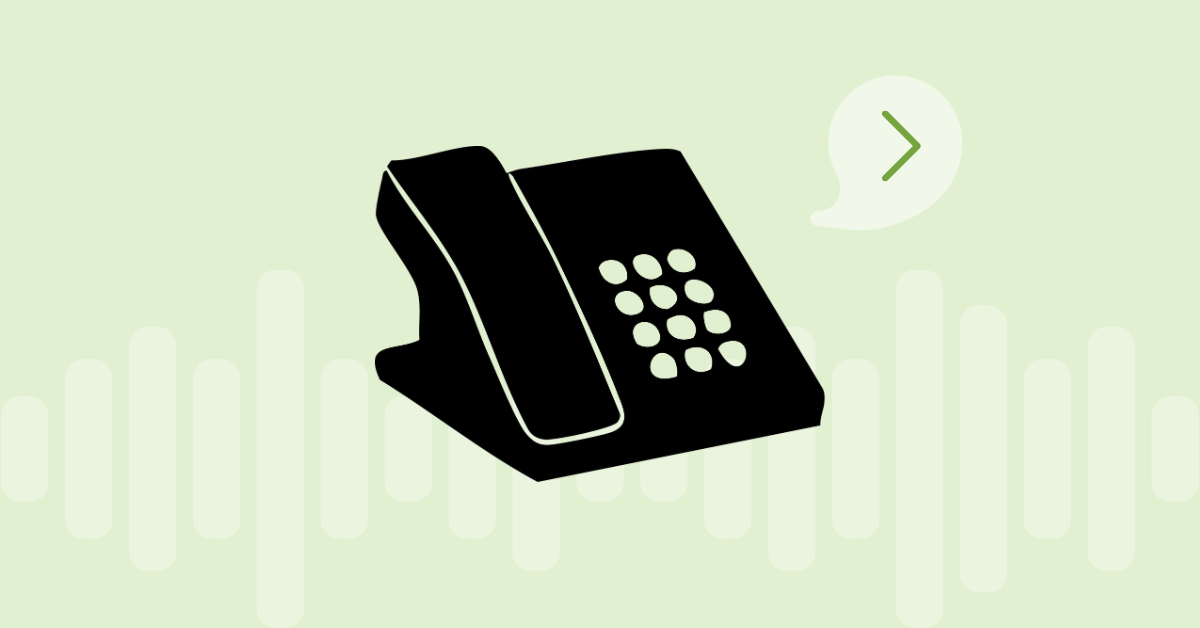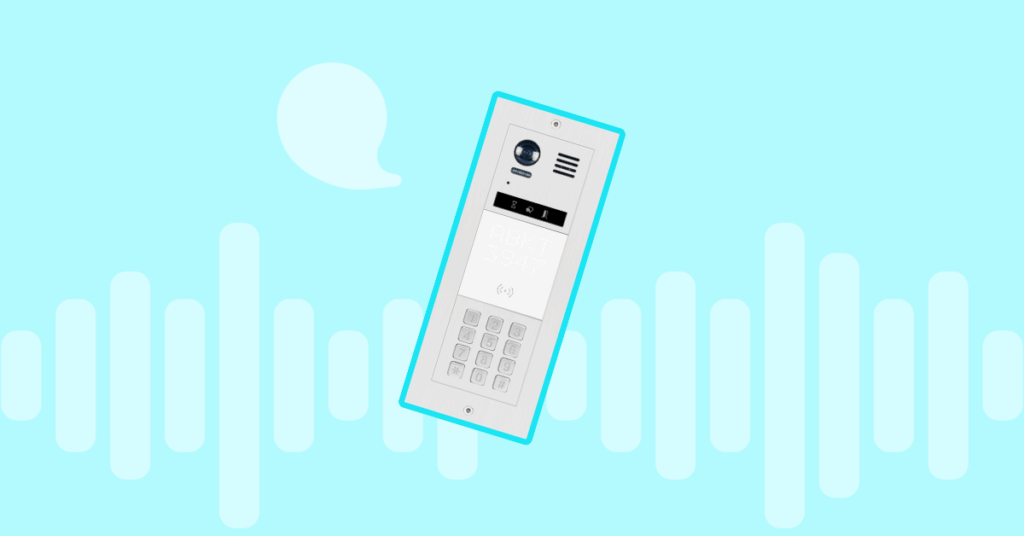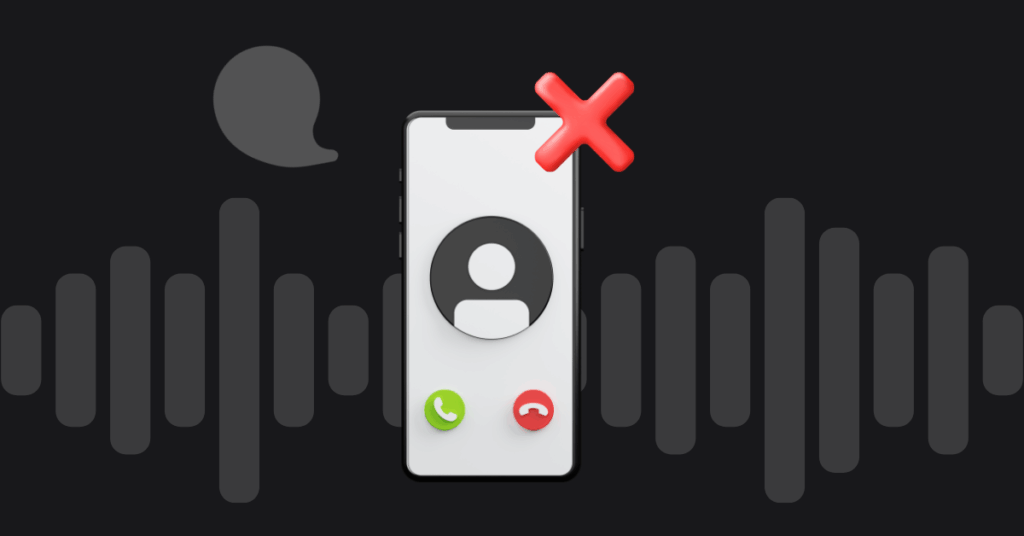
Table of contents
VoIP offers a bevy of features but not all of them are obvious or well known. Most organizations are aware that the technology allows them to save on monthly expenses, capital investment and maintenance. Certain aspects of VoIP make it flexible, scalable and efficient but not many people actually know the specific features which enable these benefits. In fact, some of the drawbacks of VoIP are no longer disadvantages since many vendors have improved their service in those areas.
Faxing over VoIP
For instance, businesses generally maintained a landline specifically for use with fax machines as VoIP systems could not handle fax communication. While it may seem an antiquated channel for doing business, it is still a necessity for some industries and markets. However quite a few providers now offer digital faxing through the VoIP service, eliminating the need to maintain a separate landline as well as the physical fax machine.
With digital faxing, organizations can send and receive faxes through their email inbox. Incoming faxes are attached to emails as images which can be printed if needed. Outgoing faxes can be sent in much the same way. For a while now, companies have assumed that faxing was impossible over VoIP but it is no longer so.
Integrating with security systems
This was yet another reason to have a landline or two in the office building. Most security systems integrate with analog phones to enable operations, allow visitors inside etc. For a long time, this simply wasn’t possible with VoIP technology. Although this feature is not yet widespread, some deployments can work well with security systems to enable visitor entry, door locking, two-way conversations and other options. This is good news for enterprises that are considering both VoIP systems and upgrading security for their premises at the same time.
Call analytics
The lifeblood of most businesses is no longer equipment or money, it is in fact data. Data is being used in every business process to drive efficiency and productivity. Voice communication is no different. With analog phones, there was a very limited set of information that could be collected and analyzed. Since VoIP operates over the data network and integrates with other software, detailed reports regarding call costs, destinations, frequency, quality and other attributes can be generated periodically for analysis.
These reports can be useful for improving call quality, evaluating the need for new features or even to determine customer satisfaction with support departments or call centers. Are your customers getting busy signals instead of being connected to an operator? Are inquiries being routed to voicemail instead of the sales team? These questions and more can be easily answered with call data.
Call screening
Unless you had a secretary, call screening options with analog phones were fairly limited – you could answer the call, let it go to voicemail or put the caller on hold. All of these options require some action on your part and calls can interrupt your work at crucial times. VoIP technology allows users to set up rules regarding which numbers can ring their phones and when.
So for instance, an executive can block three hours every day during which phone calls are automatically redirected to a colleague or create a rule so that a specific number from an important client is allowed through to their office but everything else is sent to voicemail.
Find me/follow me
Regardless of the actual name given to this feature by various vendors, the way it works is quite similar. Users can simply add a list of numbers that can be used to reach them when someone is calling. All these numbers can ring simultaneously or one after the other so that the caller will be able to reach the user, regardless of location or device.
This feature can be combined with call screening to ensure that only specific numbers can reach particular devices which can be very important for managers or executives. An employee can set it up so that incoming calls first ring their office phone, then their mobile phone and finally their home phone before being sent to voicemail. In other situations, all the phones can ring simultaneously so that the user can answer it using the device closest to them.
‘Whisper’ to employees
Sometimes employees need help when handling customer interactions in or talking to clients, especially sales teams or tech support reps. This feature allows managers to listen in on those conversation without the client being aware of it. They can then choose to give advice later on or even during the call to help them close the sale, provide additional details or solve a tricky problem.
As VoIP technology matures, the feature list is only going to keep growing. As it is, the gap between POTS and VoIP is already very wide but with time, there are fewer reasons to keep landline phones around.
Read this post in: Español
More from the blog
Want to improve your business communication?
Unlock enterprise-class call center power at affordable prices – no hardware, no delays, no surprises!






